
© Brendan Fenerty/Reuters Neil Puckett, from Texas A&M University, surfaces with a limb bone of a juvenile mastodon at a sinkhole in limestone bedrock site near Tallahassee, Florida.
A stone knife, mastodon bones and fossilized dung found in an underwater sinkhole show that humans lived in north Florida about 14,500 years ago, according to new research that suggests the colonization of the Americas was far more complex than originally believed.
Archaeologists have known of the sinkhole in the Aucilla river, south of Tallahassee, for years. But they recently dived back into the hole to excavate what they call clear evidence that ancient mankind spread throughout the Americas about 1,500 years earlier than previously thought.
Almost 200ft wide and 35ft deep, the sinkhole was "as dark as the inside of a cow, literally no light at all", according to Jessi Halligan, lead diving scientist and a professor at Florida State University at Tallahassee. Halligan dived into the hole 126 times over the course of her research, wearing a head lamp as well as diving gear.
In the hole, the divers found
stone tools including an inch-wide, several inch-long stone knife and a "biface" - a stone flaked sharp on both sides. The artifacts were found near mastodon bones; re-examination of a tusk pulled from the hole confirmed that long grooves in the bone were made by people, probably when they removed it from the skull and pulled meat from its base."Each tusk this size would have had more than 15lbs of tender, nutritious tissue in its pulp cavity," said Daniel Fisher, a paleontologist at the University of Michigan who was a member of a team that once removed a tusk from a mammoth preserved in Siberian permafrost.
Of the "biface" tool, Halligan told Smithsonian.com: "There is absolutely no way it is not made by people. There is no way that's a natural artifact in any shape or form."
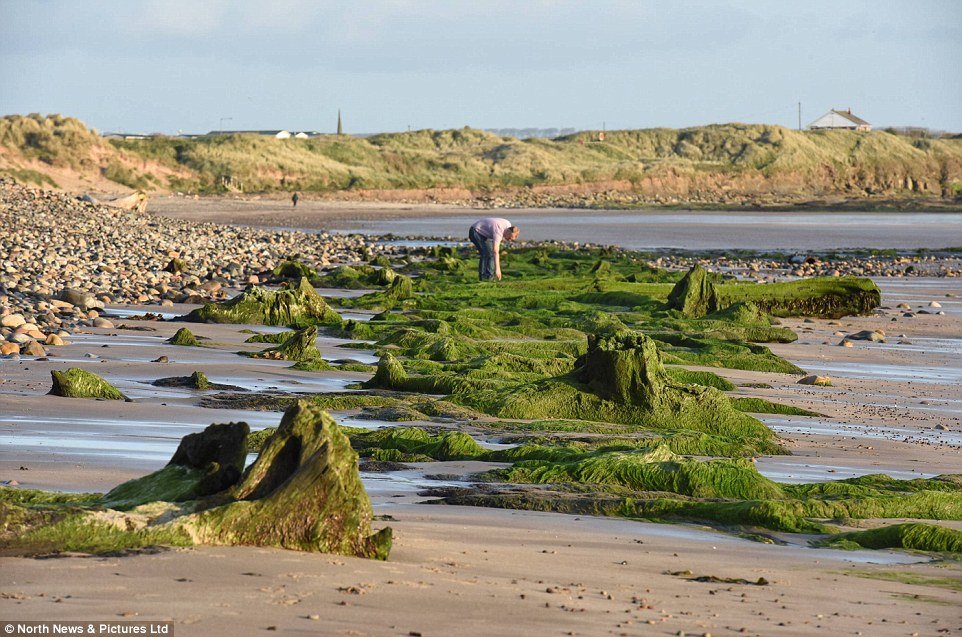

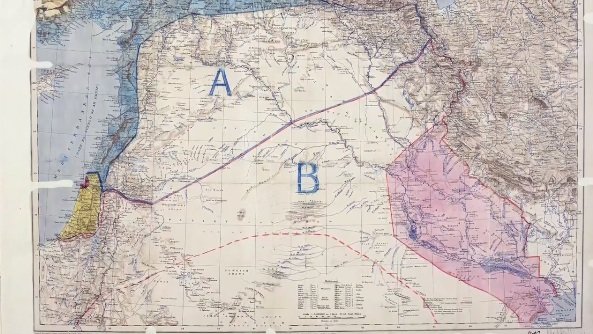
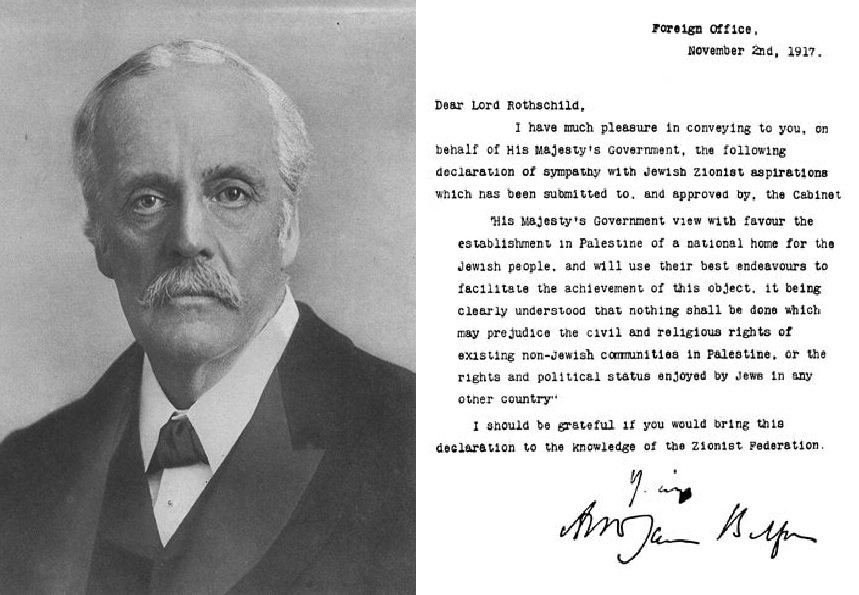
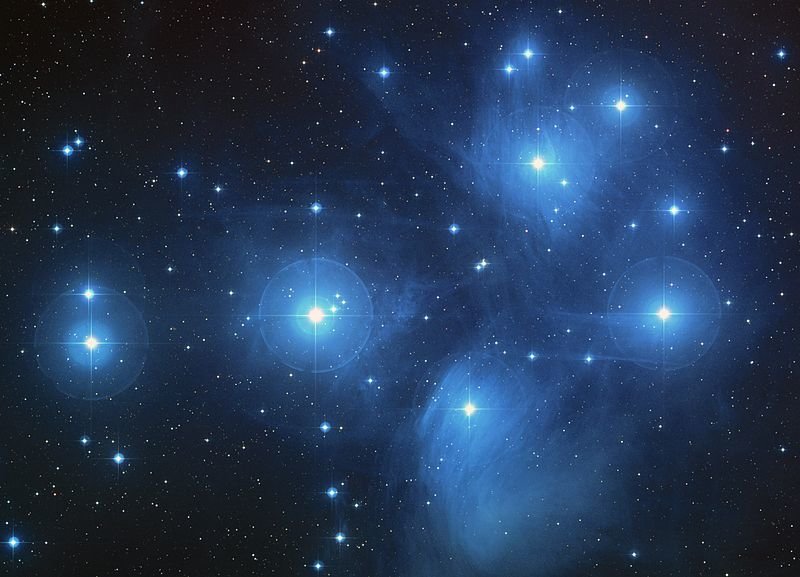




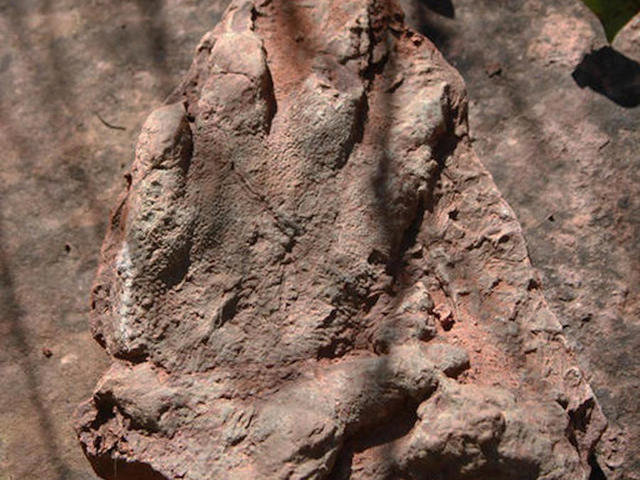
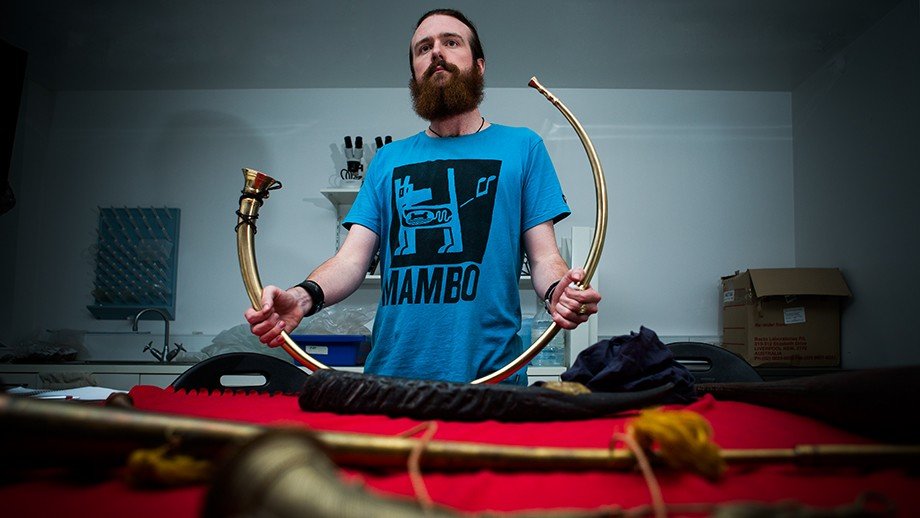



Comment: See also:
Tsunami created North Sea 'Atlantis' 8,000 years ago
Britain's Atlantis: Scientific study beneath North Sea could revolutionise how we see the past